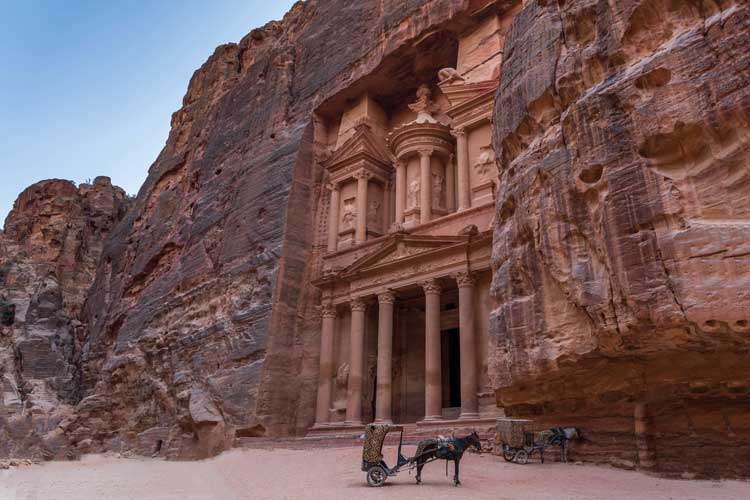

We hadn’t planned it this way. When we settled on a date for our trip to Jordan and Israel, we had no idea that two of the world’s most celebrated religious events would collide back-to-back.
It happens only once every 30 years that the end of the Muslim Ramadan coincides with the Jewish Day of Atonement, Yom Kippur. Fate had scheduled our journey during this rare Holy Coincidence.
The most sacred month of Islam, Ramadan, represents the lunar cycle during which Mohammed first received revelations from God in 610 A.D. Increased prayers and daily dawn to dusk fasting for the entire lunar cycle represents a time of penance for Muslims.
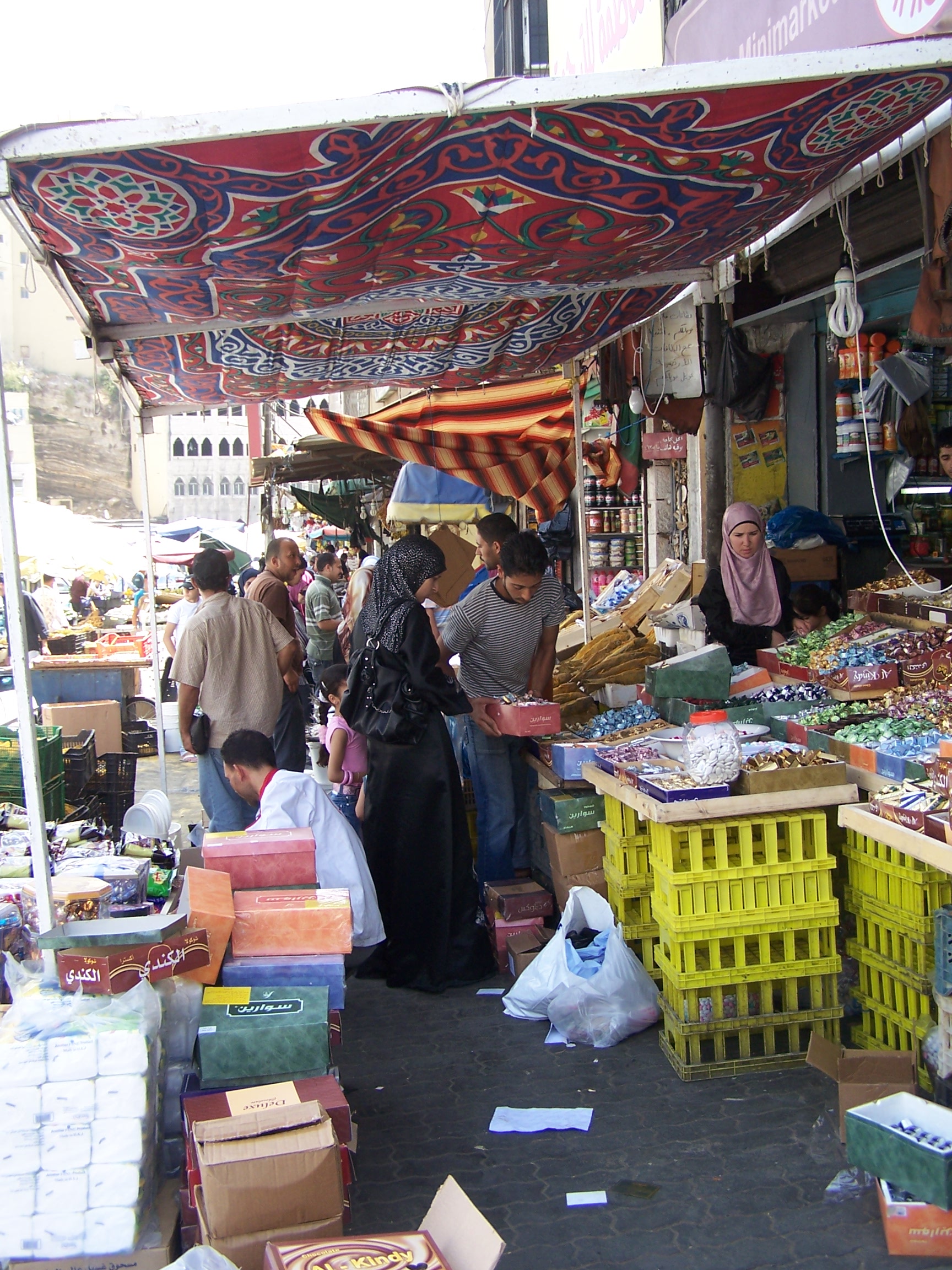
Celebrating Ramadan in Jordan
We arrived in Jordan during the last week of Ramadan. Our Islamic guide adhered to the required daily fast, refusing to eat or drink anything throughout the day, but his abstinence seriously affected his tour duties.
While we explored Petra and adjacent ancient canyons under an intense sun and soaring temperatures, he suffered dehydration, became faint and light-headed and he often left the group to find its own way while he recovered in the shade. It became clear who was guiding whom.
The sighting of the new moon determines whether Ramadan will end on the 29th or 30th day. No one ever knows for sure. On the 29th evening of the lunar month, we joined a Muslim family in Amman, Jordan around their television, anticipating the formal announcement from the Imam that the crescent moon had risen in Mecca.
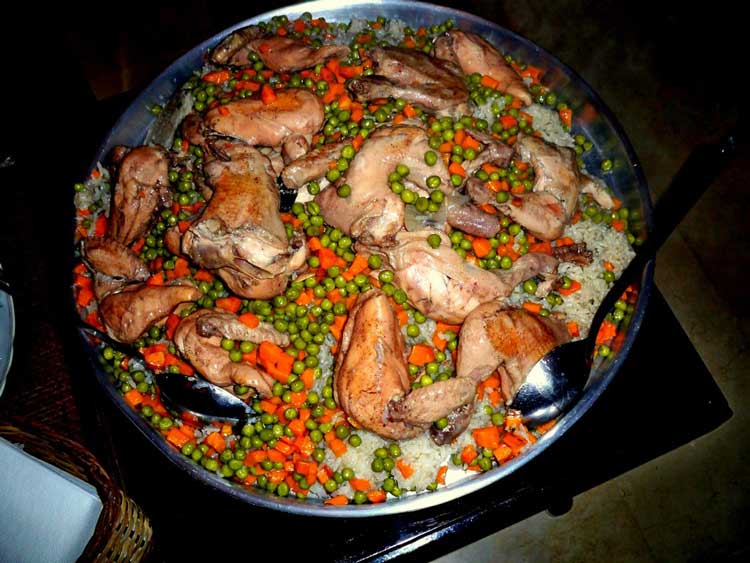
Eid-u-Fitr
The dining table was set with fine china and aromas of chicken stew wafted from the kitchen. When the religious leader reported the moon’s sighting, a wild celebration erupted, signifying an end to Ramadan with a festivity called Eid-u-Fitr.
Gift-giving and a huge feast followed. The family’s 15-year-old daughter, Adara, tore open her presents.
Strange and uncomfortable emotions churned within us non-Muslims in the room, startled that a religious festivity was declared through a television message. “How do the Muslims of the world without TV find out?” I wondered.
“What happens if the new moon does not appear, or is hidden by clouds?” I asked Adara.
“We’d have to put everything away until tomorrow night,” she said, laughing.
I tried to imagine what it would be like to watch television to know if the star of Bethlehem had appeared. But the family’s joy of celebration, the gift-giving, the prepared feast so heavy that both Adara and her mother had to carry the food vessel to the table, the warm feelings of sharing their special customs with strangers imparted a scene like our Christian Christmas activities.
At that moment, we really weren’t so different after all.
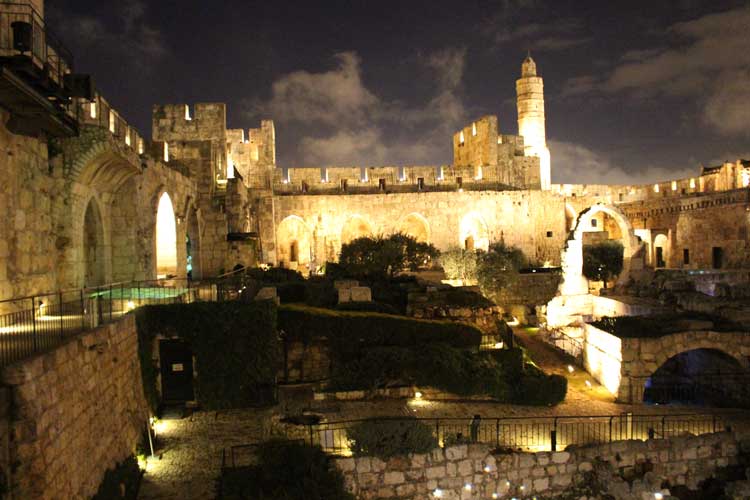
Celebrating Yom Kippur in Israel
In the morning we headed to the Israeli border and learned that observance of Yom Kippur would begin later that day. A quick Internet search revealed that this date corresponded to the 10th day of the month of Tishrei, in the year 5771 on the Jewish lunar-solar calendar.
It coincides with the date when Moses received the second set of the Ten Commandments from God, representing atonement for the sins of the Israelites with the Golden Calf. Yom Kippur’s one day of fasting, repentance and prayer illustrates the contrasts and similarities between Judaism and Islam that at times collide.
Unless we crossed from Jordan into Israel before 1 pm, the Israeli Immigration Office would close and not reopen until the next evening. For 25 hours, beginning twenty minutes before sundown until sunset of the following day, every common activity in every Jewish community comes to a halt.
Crossing the Border
Long lines at border control snaked back and forth. Anxious travelers with frenzied faces held their credentials and squirmed as they calculated the time needed to make it through the gates. An Israeli guard marched up and down, keeping order and eyeing the travel documents in hand.
He spied our familiar navy-blue US passports and directed us from the unwieldy line to a separate entrance. Being citizens of an allied country that offers military aide apparently goes a long way. Within minutes we stood on Israeli soil.

Yom Kippur in Jerusalem
We arrived in Jerusalem about 5 pm. Experiencing the holiest of Jewish holy days in the holiest of Jewish cities, unfolded as an unexpected privilege. There is no better way for Gentiles to comprehend what this religious holiday means.
Reading about the customs practiced during this period of grace and atonement cannot prepare one for being there in person. Initially, we scoffed at reported tales that all businesses close, all services cease and all transportation stops. As the total inertia progressed, respect for the Jewish commitment to their Day of Atonement grew.
Day of Atonement
A few pedestrians scurried along, as if pushing toward some deadline, shop keepers pulled down security gates and traffic eased. As we entered the hotel parking lot, an electric streetcar came to an abrupt halt in the middle of the block. All passengers and the conductor abandoned the car, and dashed in different directions, leaving the trolley unmanned. “Was this the start of the complete shutdown of the Jewish sector of the city?” I wondered.
After a speedy and efficient hotel check-in, the clerk advised us that the elevator had been set for Shabbat service for the next 25 hours. No buttons to push, as contact with electrical appliances of any sort is discouraged.
The only elevator in operation would automatically stop at every floor and require no personal contact with the mechanism.

Everything Stops
Preparation of one’s mind set for Yom Kippur on this ‘day of stopping’ allows the individual to voluntarily deny personal comforts, distressing the body while nurturing the soul.
The focus centers on confession of guilt, redemption of sins and personal reflection. The five official prohibitions for this period – no eating or drinking, no wearing of ‘comfortable’ leather shoes, no bathing or washing, no anointing the self with lotions or perfumes and no marital relations – help the penitent concentrate on prayer.
Inside our hotel room, a basket of wrapped biscuits and crackers, jams, boxes of juice and a checkered tablecloth waited for tomorrow’s breakfast. No work includes hotel employees and kitchen staff. The impact of the devotees’ adherence to the principles of Judaism settled in.
I peered out the window to the now deserted street below. Not a car nor a taxi, not a shopper nor an open door, not a working traffic light nor a city sound.
A lone, secular bicyclist peddled by. Jewish men hurried to prayers at Temple or the Western Wailing Wall wearing garb specific for Yom Kippur: white kittel robes, draped with black and white striped four-cornered prayer shawls called tallits and capped with kippahs or yarmulkes.
We took the stairs to the sidewalk and stopped to hear the stunning silence. We felt the solitude, witnessed the piety and beheld a city that resembled a scene from ‘The Day the Earth Stood Still.’
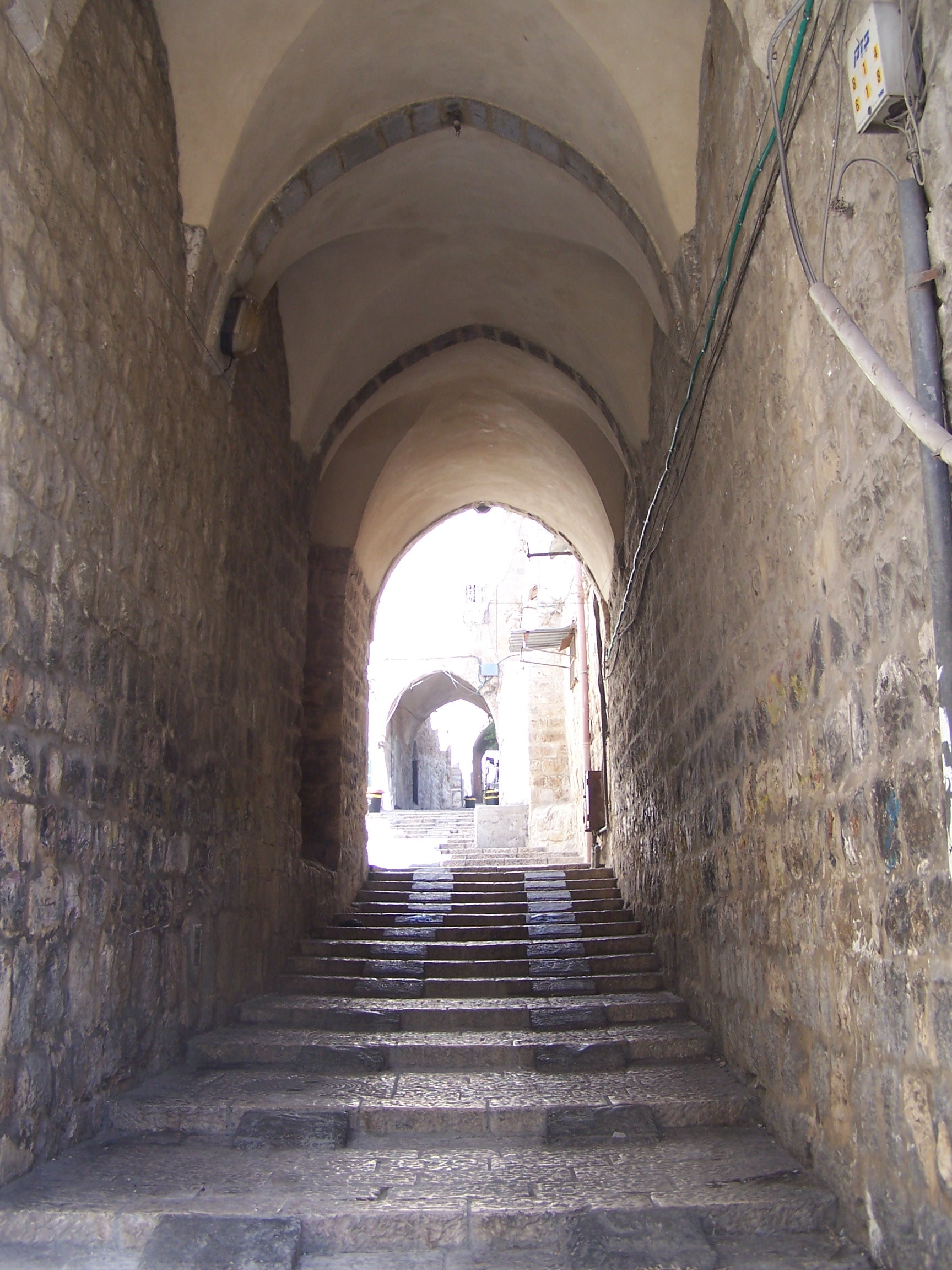
Jewish Quarter
Following the faithful to prayer required us to maneuver the abandoned alleys of the Jewish Quarter of Old Jerusalem, tucked behind thick stone walls. Signs discouraged tourists from entering the Plaza fronting the Western Wailing Wall during this religious observance.
Hugging a stone overlook, we gazed down at throngs of Hassidic men, bobbing their black-hatted heads in prayer, with long finger curls swinging with each nod. Crammed close to the Wall and engrossed in his own atonement, each confessor seemed oblivious to the crunch of believers invading every inch of space.
Fewer women draped in head coverings took their relegated place behind the men. The hushed murmur of prayers competed with whispers of a light breeze as the only audible sounds.
Twenty-five hours of stoic inertia in any capitol city is almost impossible to comprehend. Being in Jerusalem on Yom Kippur erased any doubts. I was certain, upon arising the next morning, that the resolve would weaken, and activity would creep back. But no, nothing moved, nothing opened, and the tranquil state remained intact without cracks.
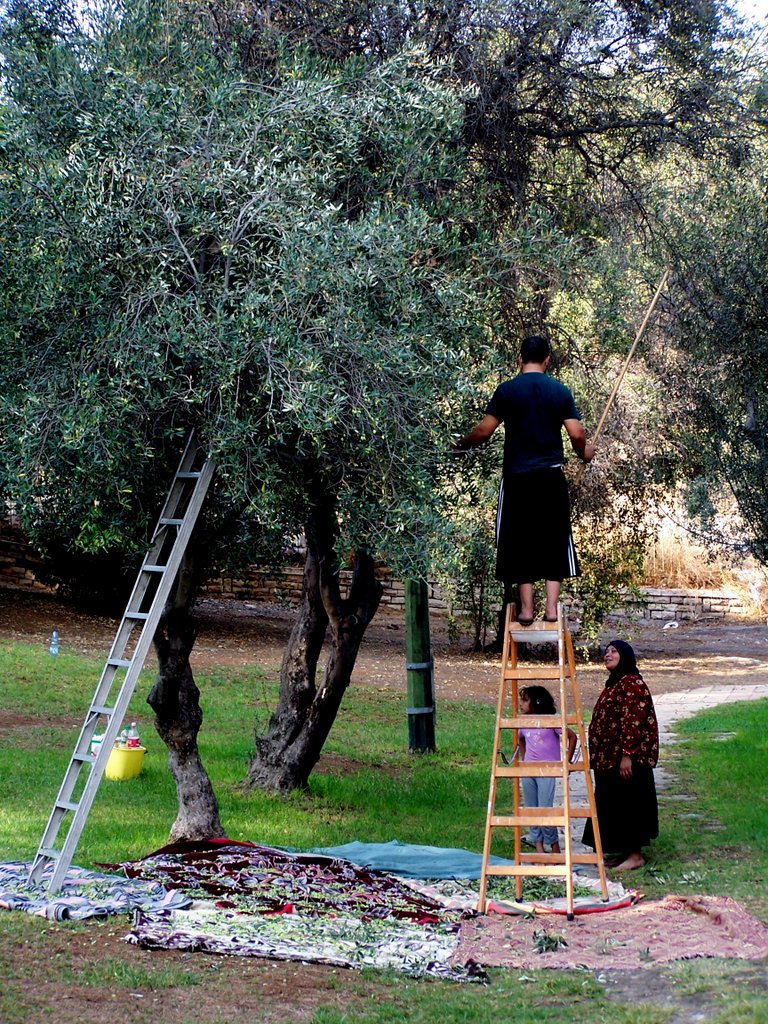
What Do Non-Jewish Tourists Do in Jerusalem on Yom Kuppur?
So what does the non-Jewish tourist do in Jerusalem on Yom Kippur? In the Old City divided into four quarters, one section flows directly into the next. The Jewish Quarter echoed the stillness of stone, but the adjoining Armenian Quarter pulsed with life.
We followed the aroma of Turkish coffee and lyre music that drifted from cozy shops. Crowed restaurants overflowed with non-fasting patrons.
We inched down stone stairs to a dimly lit cellar bistro, which resembled Rick’s Café in Casablanca, as swirls of pungent cigar smoke drifted near the ceiling. The meal we ordered burst with cumin, cayenne, lamb and eggplant.
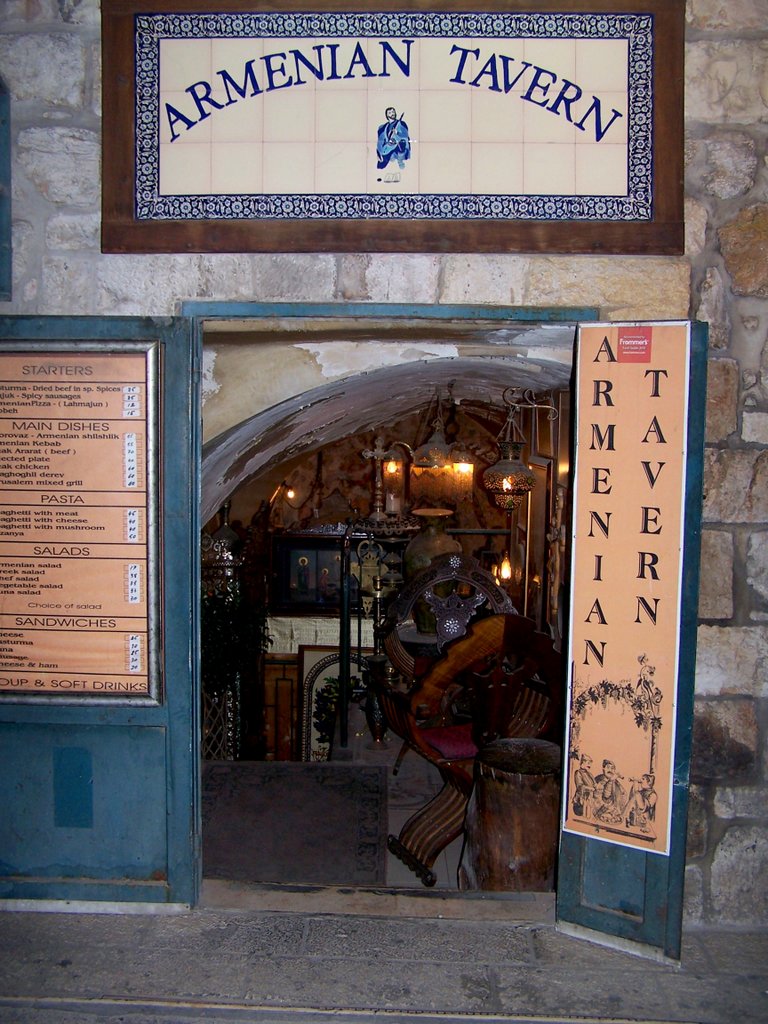
The Armenian cognac turned the meal into a divine escapade. Later, in the Christian Quarter, we meandered through the walled ghetto to take in all 14 Stations of the Cross on the Via Dolorosa. Amazed and awed by so much history.
Looking for more magic, we wandered through the Old City, searching for the section we had been advised to avoid – the Arab Quarter. Taboo can sometimes turn fantastic.
Women, dressed in black berkas, peeked at these two very unusual guests in western dress. My short-sleeved shirt showed bare arms. I realized their shock.
Feeling conspicuous, we shrank from the open area and tried to slink into the shadows. To the rescue, a lively vendor intervened. Dressed in billowy, magician silk pants, he jumped in front of us and lured us into his stand, waving a pastry dripping with honey.
Our uneasiness faded as the saturated filo slid down our throats. Ahab grabbed his opportunity to interact with Western tourists and we reveled in being entertained by an Arab soothing our sweet tooth.
By the time we returned to the hotel, the sun had disappeared behind the western horizon. The sanctity of Yom Kippur ended, and the city returned to its vibrant, noisy self within minutes of sundown.
We pushed the elevator button for the 4th floor. It rose passed the 2nd and 3rd without a stop. We flounced into our room, laden not with purchases, but with an incredible array of experiences and a sweet hint of honey on our lips.
Author’s Bio: After a life-long profession of treating the mentally ill at a PA psychiatric hospital for 33 years and also serving as its Director of Admissions, Carol L. Bowman retired to Lake Chapala, Mexico in 2006 with her husband, to pursue more positive passions. Her family thought that she, too, had ‘gone mad.’ She’s been teaching English to Mexican adults for ten years, in a program operated by volunteer expatriates and writing for local on-line and print publications. Using her adventures experienced during visits to over 80 countries to capture a niche in travel writing, Carol also dabbles in ‘memoir.’ A frequent contributor to Lake Chapala English magazine, “El Ojo del Lago,” she’s won several literary awards from that publication, including Best Feature in 2010 and Best Fiction in 2014. She also netted a story regarding her psychiatric fieldwork in the published anthology, “Tales from the Couch.”
